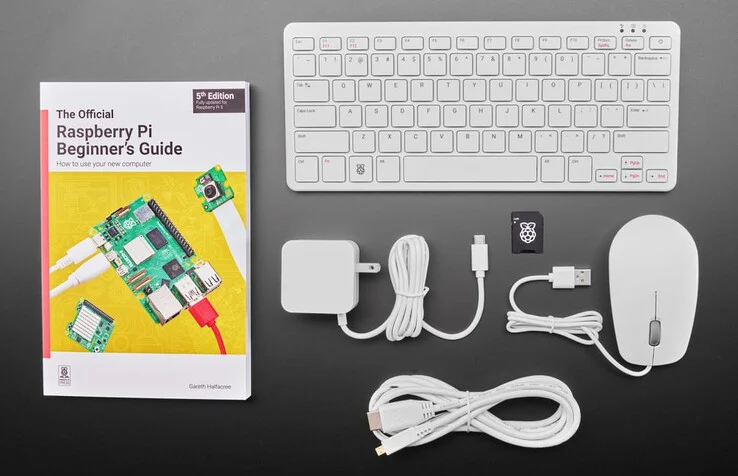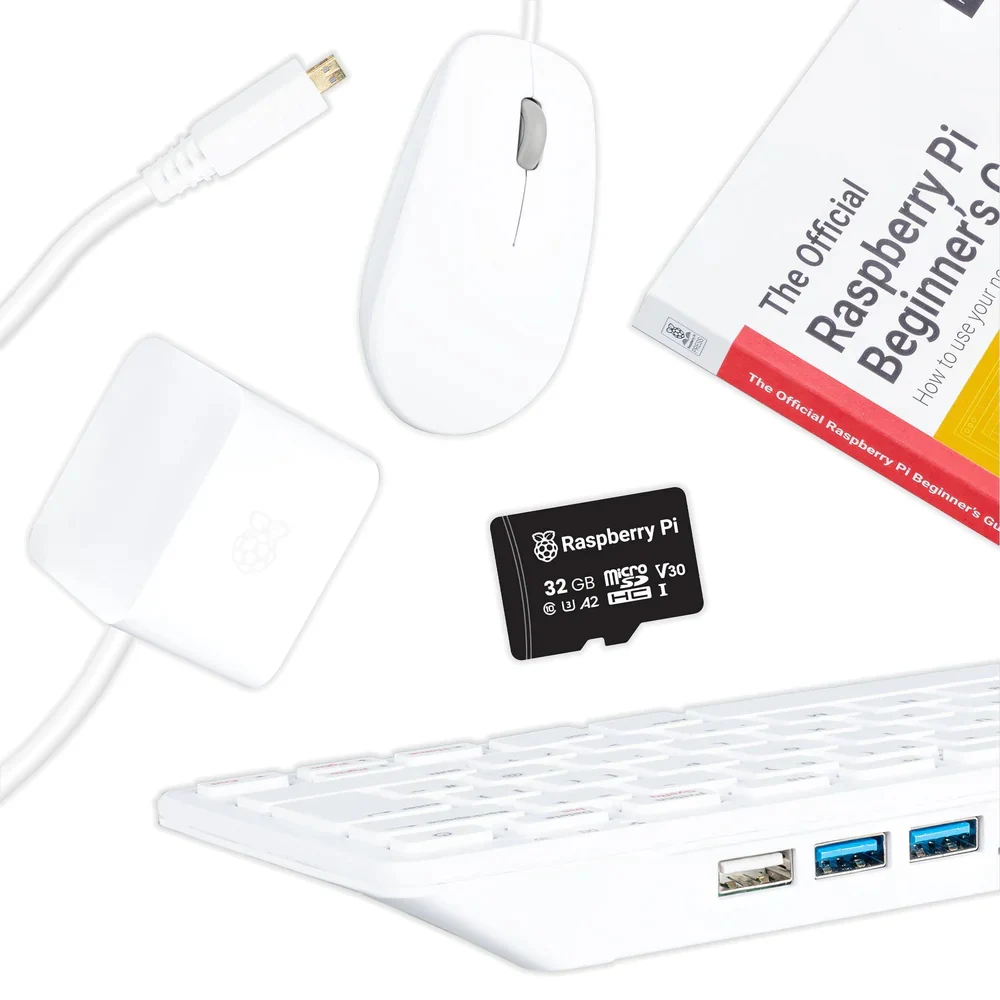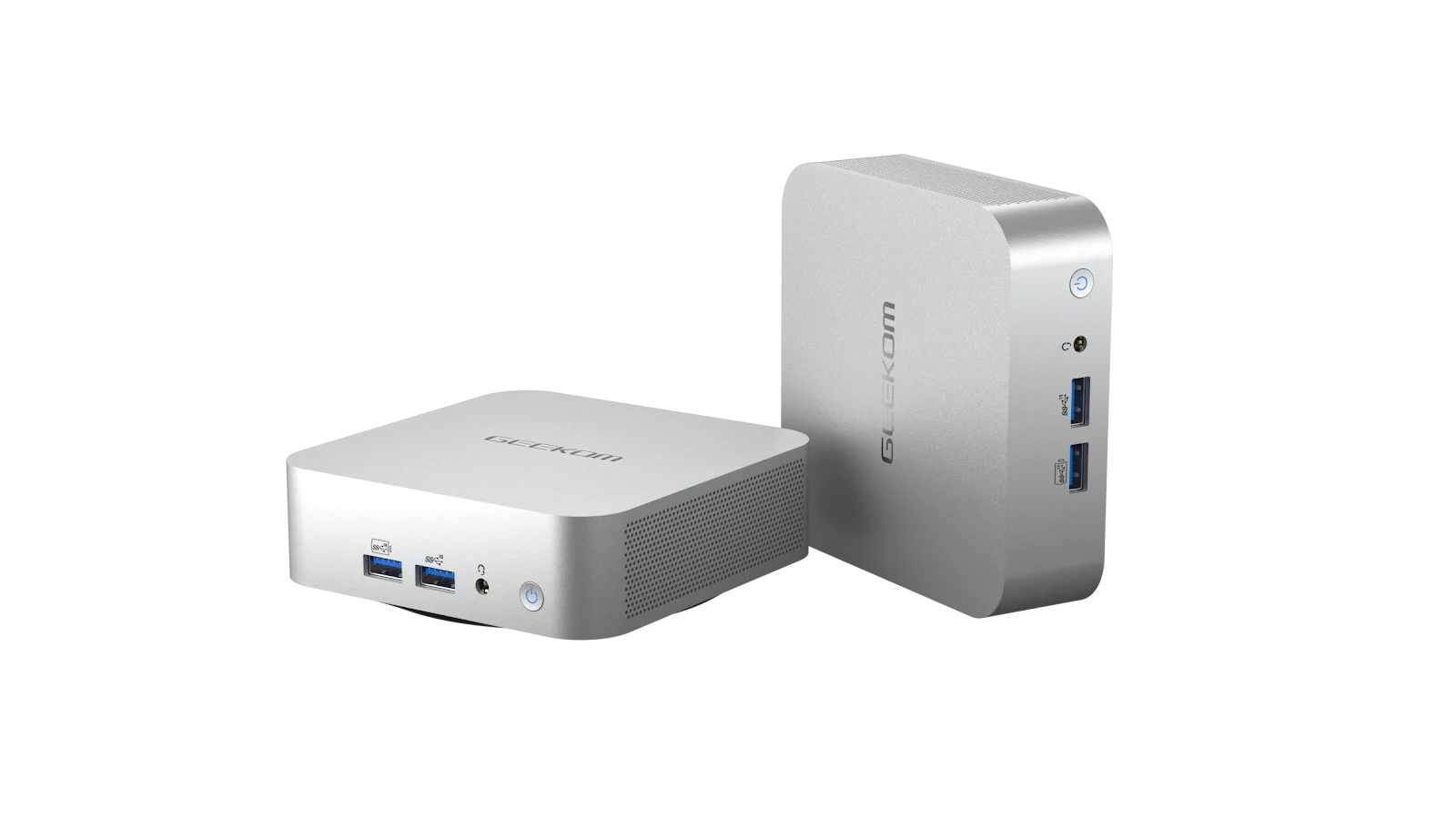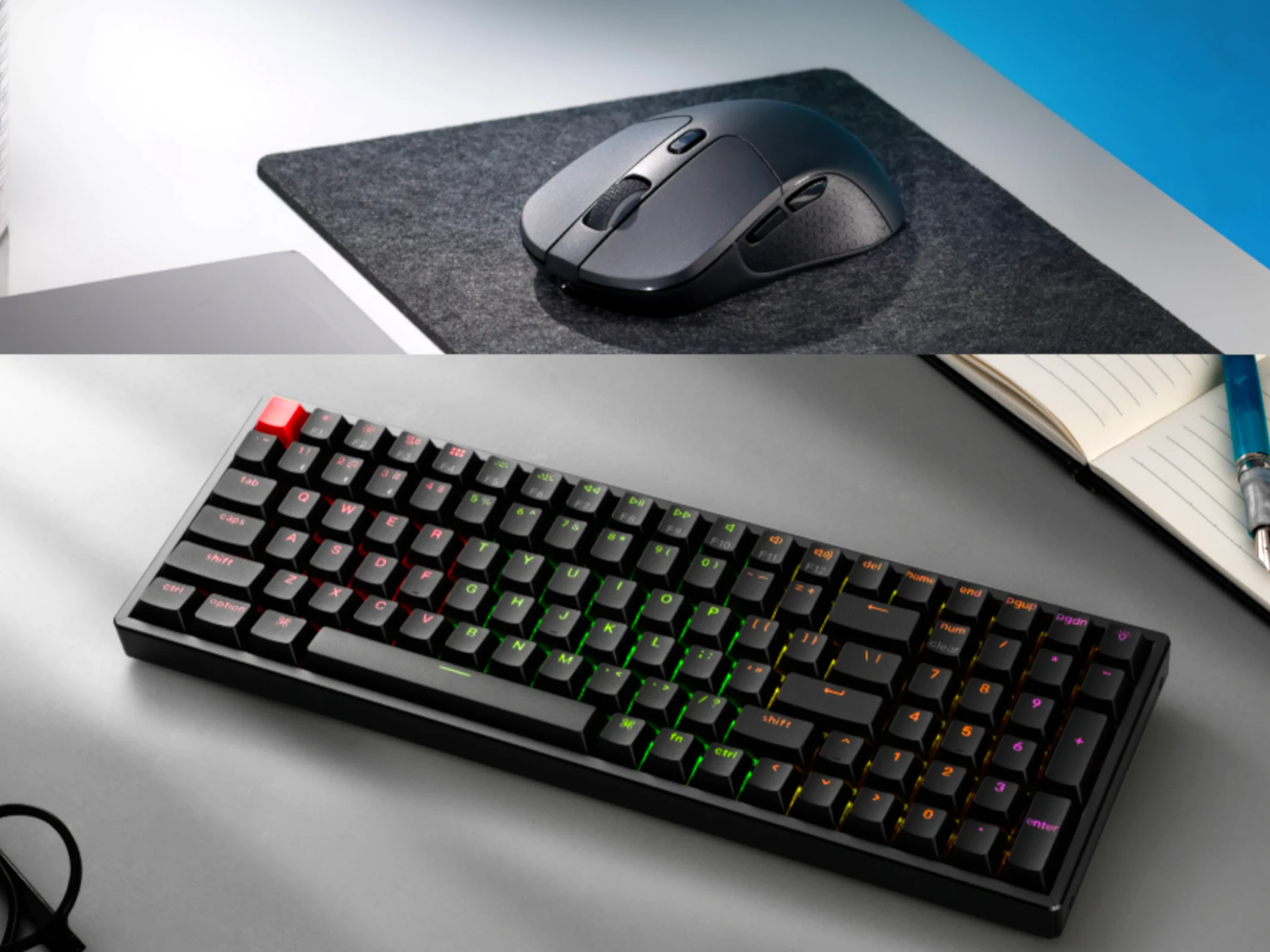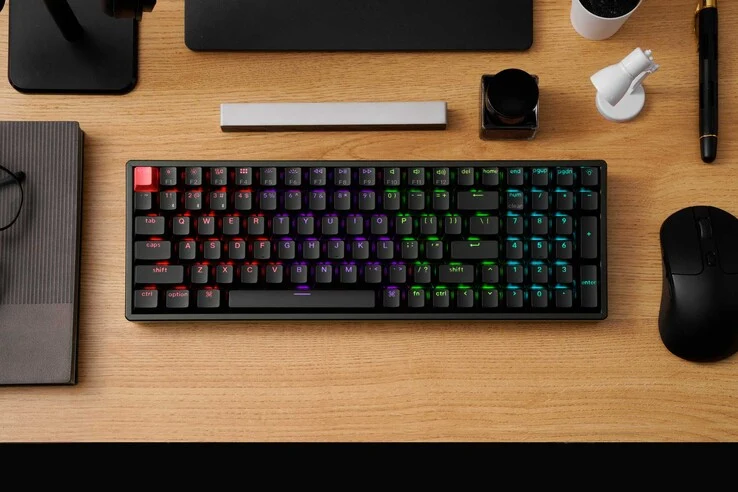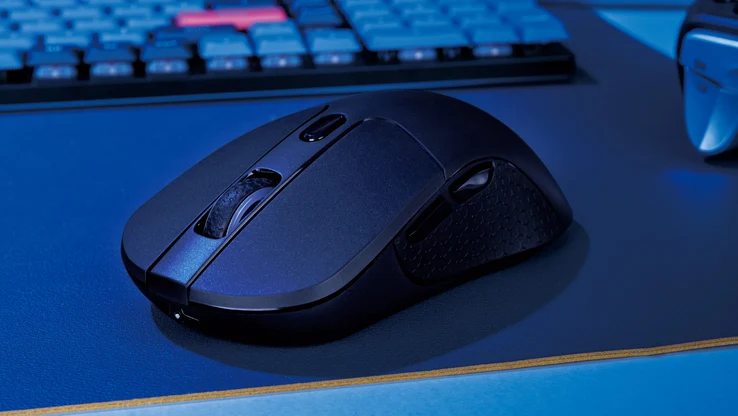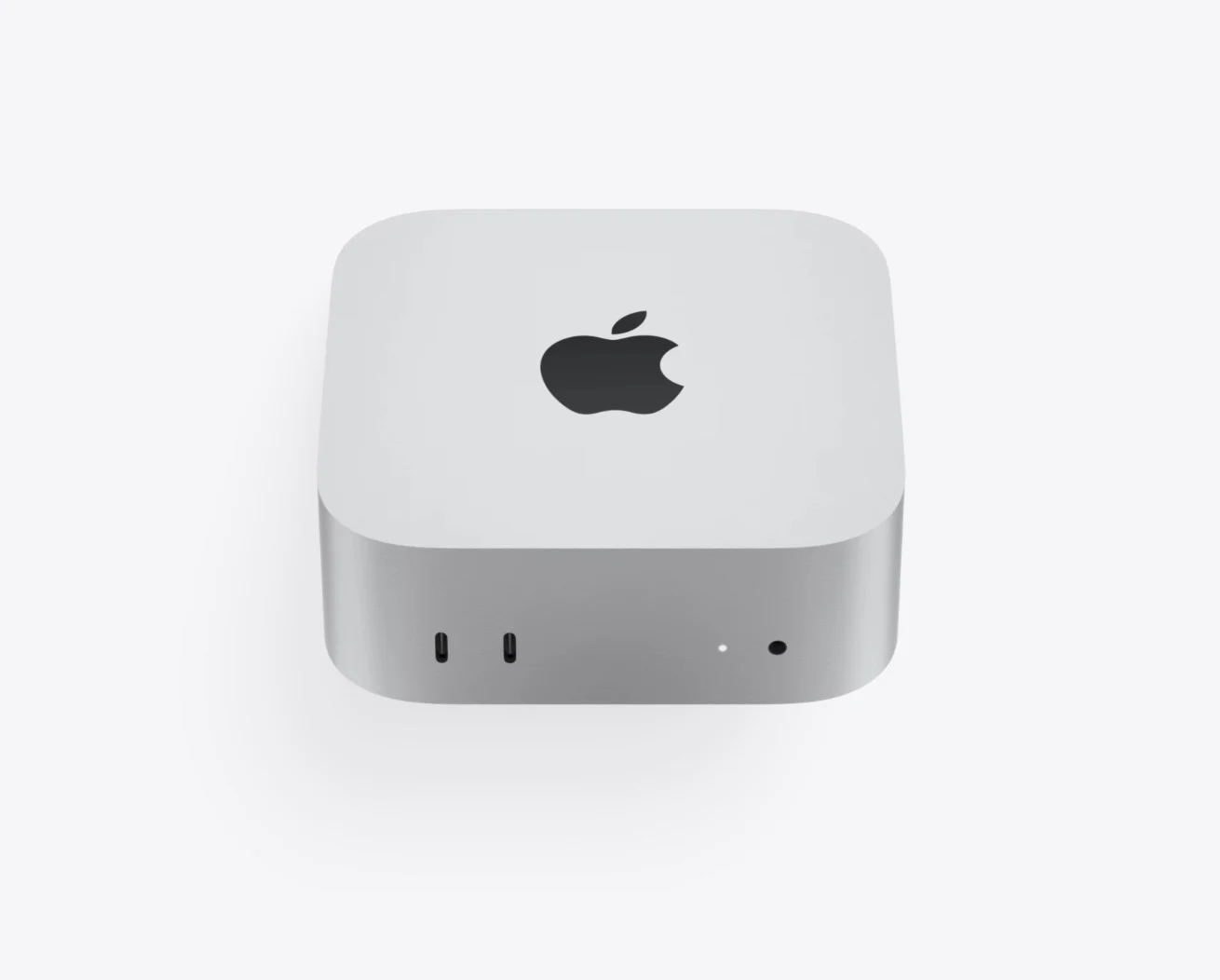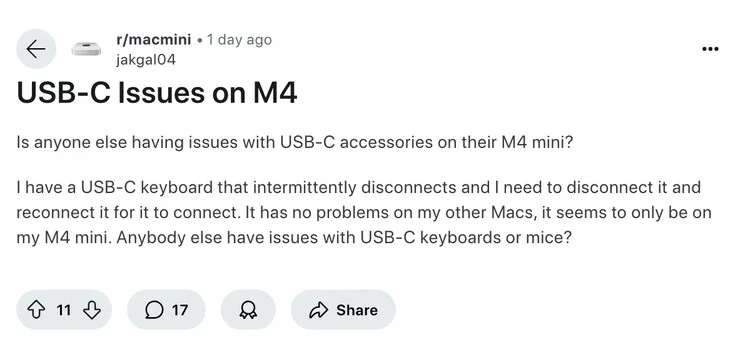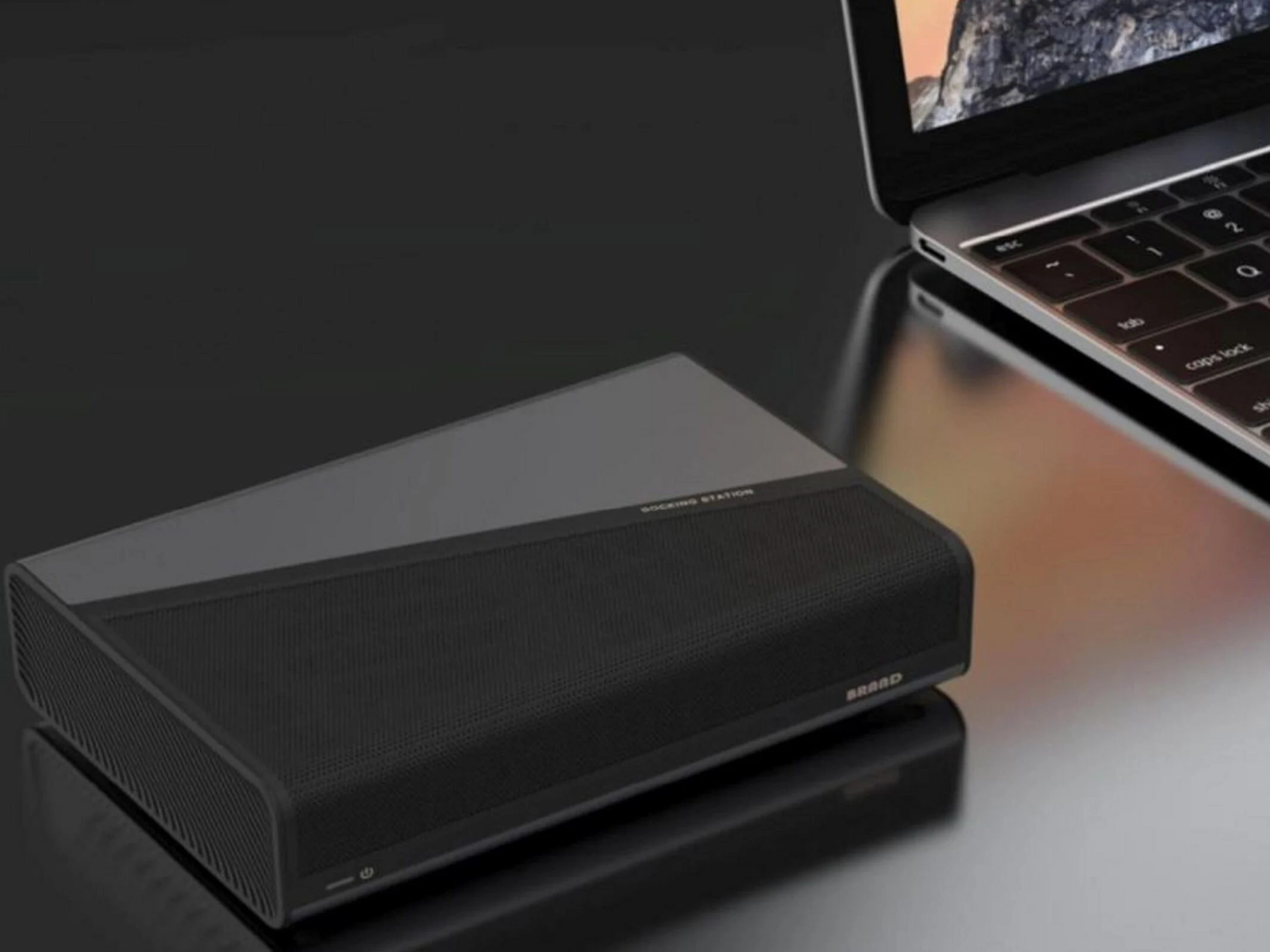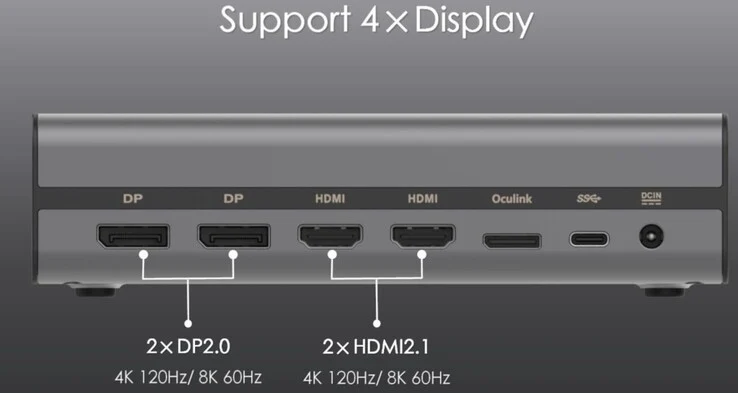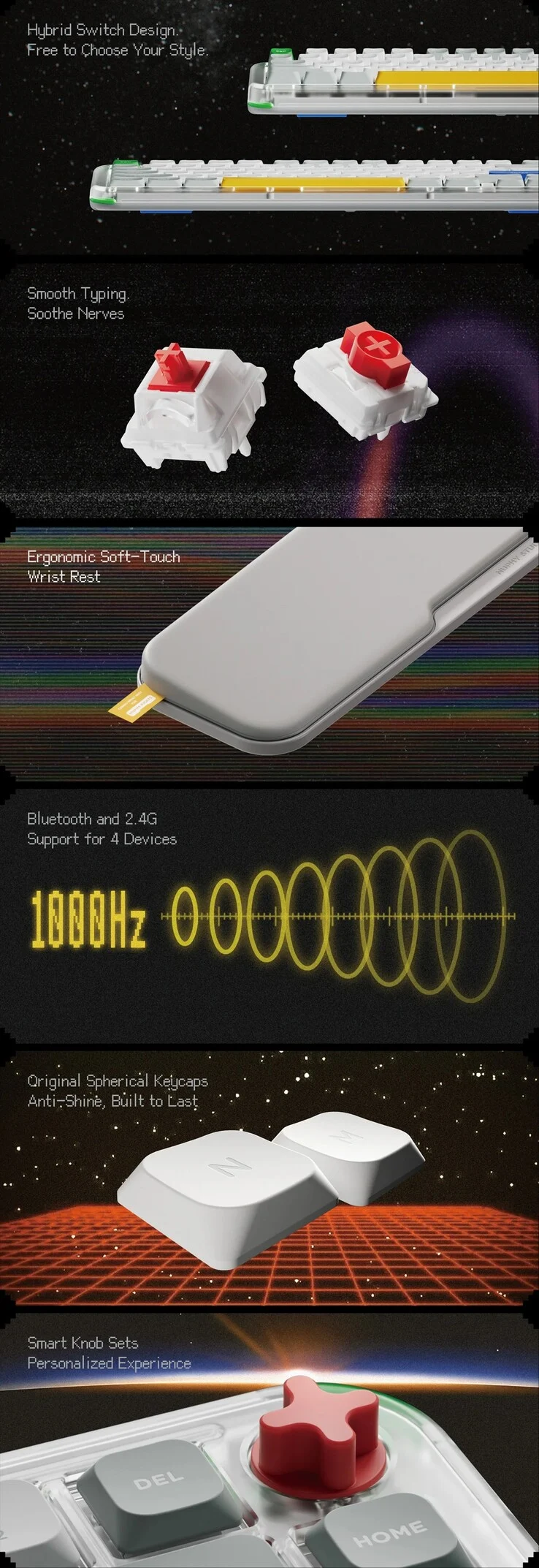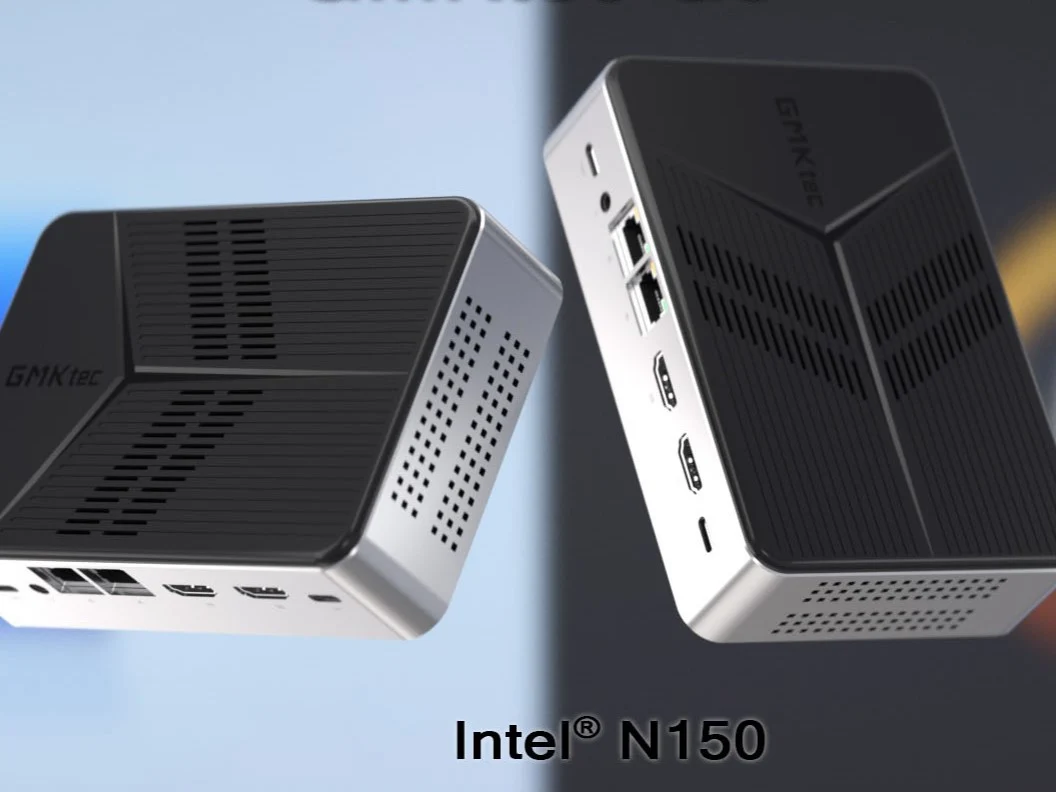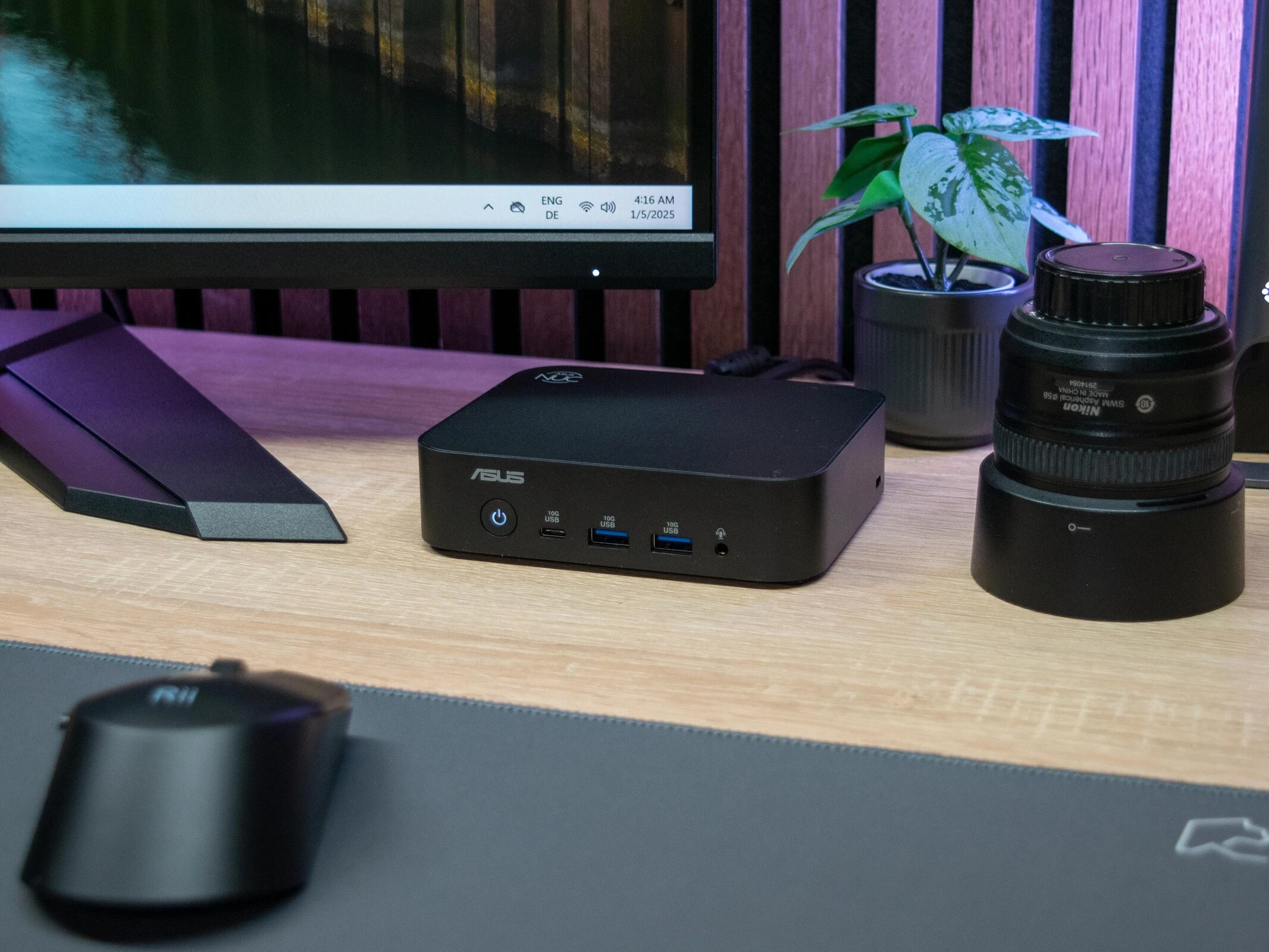Keychron has been refreshing several of its mechanical keyboards with the latest QMK firmware, improved acoustic materials, and various hardware updates, including the switch to PBT keycaps. Now, the Keychron K4 Version 3 is making a comeback as the K3 QMK Version 3. In addition to this relaunch, Keychron has also upgraded its M3 gaming mouse with a new sensor and enhanced features.
Compact Layout
Like its previous version, the Keychron K4 QMK V3 boasts a compact 96% layout. This design combines a numeric keypad and a reduced navigation cluster into a more compact form. It might take a little time to adjust to this layout, but it’s perfect for users who need a num pad yet want to maximize their desk space.
Improved Durability and Sound
One of the primary upgrades to the K4 Version 3 is the new PBT keycaps, which are designed for better durability, even if they produce a slightly higher-pitched sound. Another significant enhancement is the acoustic treatment included in the Keychron K4 QMK V3, addressing a major issue that users had with the K4 V2. However, since the keyboard is tray-mounted with an aluminum plate, it may create a firmer typing experience, although using an o-ring mod can help mimic a gasket mount easily.
If you’re after a gasket-mount 96% layout mechanical keyboard from Keychron, you might want to look into the $104 Keychron V5 Max at Best Buy.
Customizable Features
As indicated by its name, the K4 QMK V3 now officially supports QMK firmware, allowing for remapping through the browser-based Keychron Launcher, VIA, or QMK for those who want to experiment.
The Keychron K4 QMK V3 comes in various configurations. The basic model features white backlighting, fully plastic build, and soldered Keychron Super switches, retailing at $84. Opting for an RGB backlight with a plastic frame and soldered switches raises the price to $94. Choosing the RGB PCB with an aluminum frame and soldered switches brings the cost to $104, while the most premium option, which includes RGB backlighting, an aluminum frame, and hot-swap Keychron Super switches, is priced at $114.
Enhanced Gaming Experience
A less prominent update is found in the Keychron M3 8K wireless gaming mouse, which adds 8K polling, doubling the performance of the previous model. The new M3 wireless mouse utilizes the Pixart 3950 sensor, allowing a peak resolution of 30,000 DPI, a maximum tracking speed of 750 IPS, and 50 g acceleration—improvements over the M3 4K’s 26,000 DPI and 650 IPS.
Interestingly, Keychron asserts that the M3 8K can maintain the 8K polling rate in both wired USB-C and 2.4 GHz wireless modes. The M3 4K also features a 125 Hz Bluetooth connection for everyday tasks, and the 600 mAh battery is said to last up to 140 hours in Bluetooth mode.
Ergonomics and Design Features
In terms of design and comfort, the M3 mouse has not changed, retaining its symmetrical ergonomic shape (with customizable buttons only on the left side). There are switches located at the bottom of the mouse for adjusting DPI, connection modes, and polling rates without needing software. Additionally, the M3 8K is compatible with Keychron’s Launcher software, which allows for button remapping, profile creation, macro assignments, and adjustments for DPI and lift-off distance. Weighing in at 79 g, the Keychron M3 8K isn’t extremely lightweight, but it is still far from being one of the heaviest gaming mice on the market.
The Keychron M3 8K can be purchased directly from the Keychron store for $69.00. It is available only in black, and there is no RGB version offered.
Source:
Link
